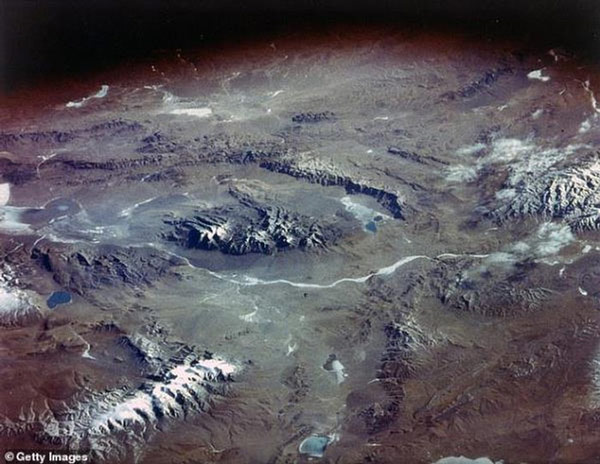15,000 years ago, some water froze atop the Tibetan Plateau and became part of a glacier. While humans were busy domesticating dogs, the ice entrapped millions of microscopic organisms per square inch.
The research uncovered 33 viruses, including 28 never-before-seen virus groups, giving insight to how the viruses thrive or perhaps how they might be combated if released into the environment through climate change, according to the study.
Scientists explain that contaminating such samples of viruses is not difficult. Hence, scientists employed a new method to study microbes preserved within the ice for ultraclean microbial and viral sampling, according to LiveScience.
They employed their techniques to study two ice core samples of the Tibetan glaciers which were collected and stored previously without special care against contamination. So, the exteriors were contaminated but the insides of the samples were still in mint condition.
The team was able to access the samples by gradually getting rid of the outer layers of ice by various methods. In a cold room maintained at -5°C, researchers used a sterilized band to cut a layer of ice, followed by ethanol to melt another layer of ice and then washed with sterile water to remove another layer. A total of 1.5 centimetres of ice was removed to reach an uncontaminated layer. The researchers found 33 groups of virus genera of which, 28 were previously unknown. The microbes found in each ice core differed from the others, indicating that they were stored at different periods of climate conditions.
While these microbes were studied by researchers in controlled conditions, it is possible that the ice melt due to global warming might cause such ancient microbes to be released into the environment. The researchers in their paper explained, “At a minimum, this could lead to the loss of microbial and viral archives that could be diagnostic and informative of past Earth climate regimes; however, in a worst-case scenario, this ice melt could release pathogens into the environment.”















